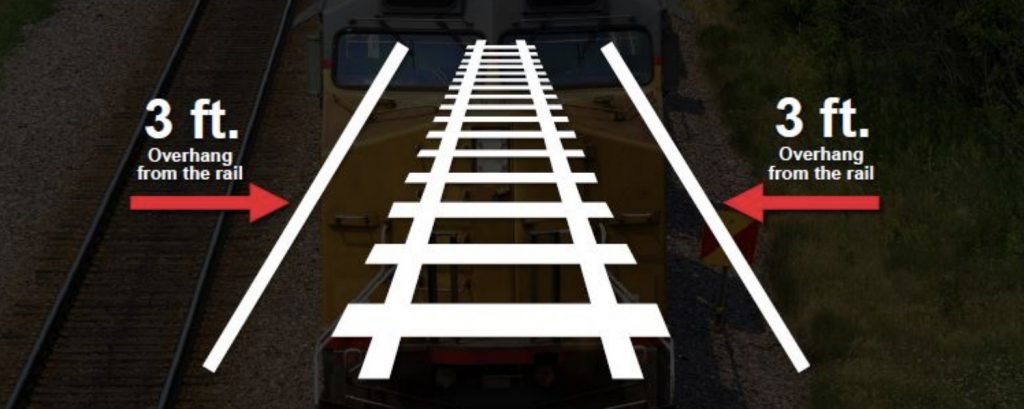Washington, D.C. — Today marks the start of the first-ever national Rail Safety Week (Sept. 24-30), a joint effort by the national rail safety education nonprofit Operation Lifesaver, Inc. (OLI), the U.S. Department of Transportation, law enforcement agencies, and many other organizations.
Believe it or not, a person or vehicle in the U.S. is hit by a train about every three hours. The goal of Rail Safety Week is to raise awareness, encourage rail safety education and empower the public to make smart decisions near railroad crossings.
While vehicle-train collisions in the U.S. have dropped by 83 percent in the last four decades, there are still more than 2,000 vehicle-train collisions annually across the U.S., and last year saw more than 900 injuries and fatalities to people walking, playing or taking photos on train tracks. These incidents are devastating to families, communities and train crew members — and they are often preventable.
Making the right decisions near railroad tracks can truly be the difference between life and death. Below, we’ve debunked some common myths that lead to unsafe practices around the tracks.
MYTH: I’d hear a train coming.
FACT: Today’s trains are quieter than ever, producing no telltale “clickety-clack.” Any approaching train is always closer, moving faster, than you think. Trains can also move in either direction at any time. Sometimes their cars are pushed by locomotives instead of being pulled, which is especially true in commuter and light rail passenger service.
Stay alert around railroad tracks — no texting, headphones or other distractions — and remember to cross train tracks only at designated pedestrian or roadway crossings.

MYTH: The train never comes at this time, I can ignore the signals.
FACT: Freight trains don’t travel at fixed times, and schedules for passenger trains change. Always expect a train and always obey all warning signs and signals. Also, never drive around lowered gates — it’s illegal and potentially deadly. If you suspect a signal is malfunctioning, call the emergency number posted on or near the crossing signal, or your local law enforcement agency.

MYTH: If I get stuck on the tracks, the engineer in the train can stop for me.
FACT: By the time a locomotive engineer sees a person or vehicle on the tracks it’s too late. It takes the average freight train traveling at 55 mph more than a mile — the length of 18 football fields — to stop. Also, the average locomotive weighs 400,000 pounds, meaning the weight ratio of a car to a train is proportional to that of a soda can to a car.
If your vehicle ever stalls or gets stuck on the tracks, get out and get away from the tracks, even if you do not see a train. Locate the Emergency Notification System sign and call the number provided, telling them about the stalled vehicle. If a train is approaching, run toward the train but away from the tracks at a 45-degree angle. If you run in the same direction a train is traveling, you could be injured by flying debris.

MYTH: I’m a photographer, and as long as I’m not standing right on the tracks to get my shot, I’m in a safe spot.
FACT: A train can extend three feet or more beyond the steel rail, putting the safety zone for pedestrians well beyond the three-foot mark. And never assume tracks are in disuse: if there are rails on the railroad ties always assume a train may come, even if there are weeds or the track looks unused. Photographers should also keep in mind that railroad tracks, trestles, yards and rights-of-way are private property and that people mimic your behavior when they see your photos on the web and social media.

For more more information and resources on #USRailSafetyWeek, visit Operation Lifesaver, Inc. at: www.oli.org.


